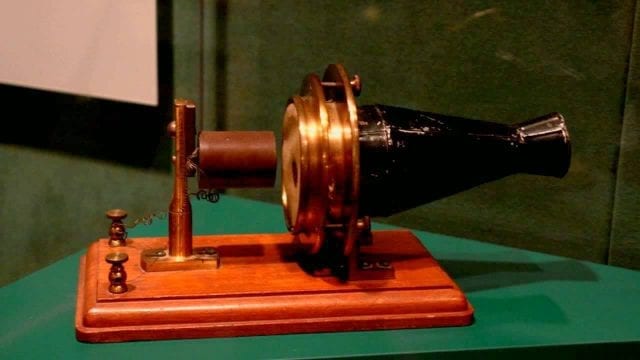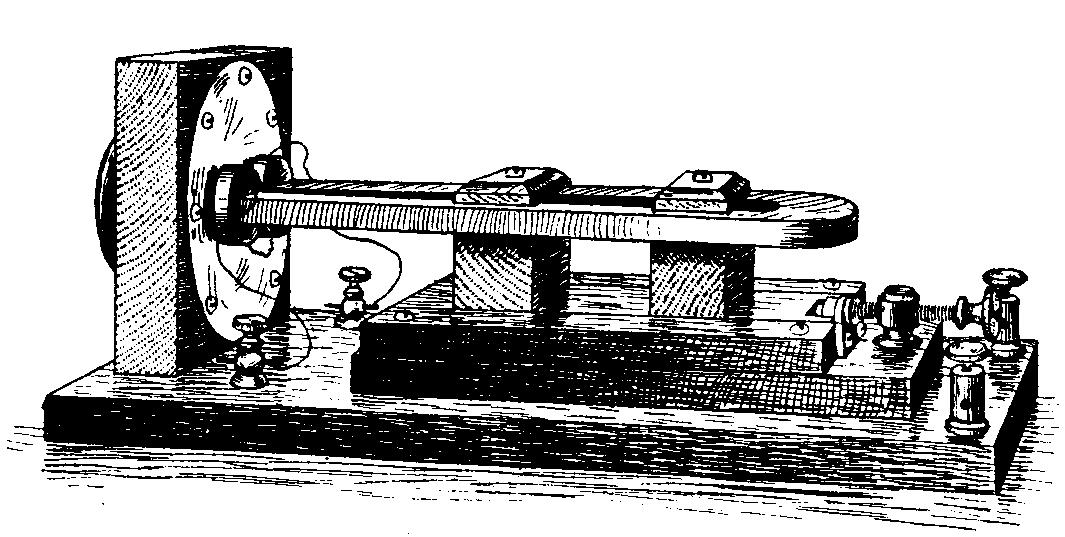

This idea influenced the design of the iron lung device used to aid polio patients in the 1950s. After the death of his infant son in 1881, Bell made a metal vacuum jacket to help with breathing. He also used his gift for inventing to solve problems. Bell considered it to be one of his greatest inventions. After the telephone, Bell went on to develop an array of other inventionsīell created the photophone, which used light to transmit sound. Over the years, Bell vigorously defended his telephone patent in a number of other lawsuits. Competitor Western Union hired other inventors, including Gray, to develop their own phone system, which led to a legal fight between the two businesses. He founded the Bell Telephone Company with his father-in-law Gardiner Greene Hubbard, his assistant Thomas Watson and Thomas Sanders the following year. In March 1876, Bell received the telephone patent. Gray and myself who shall complete our apparatus first," he observed, according to Charlotte Gray's Reluctant Genius: Alexander Graham Bell and the Passion for Invention. As he wrote to his parents in 1874, Bell had been aware of his competitor's efforts and felt enormous pressure to finish his own design. Later that same day, a lawyer working for Elisha Gray submitted a caveat, a type of announcement of an invention, for the telephone on his behalf. Bell won his patent for the telephone by filing his claim hours ahead of Elisha Grayīell filed his patent for his version of the telephone on February 14, 1876. That same year, Bell also established the Association for the Promotion of Teaching Speech to the Deaf.ģ. He met with Helen Keller in 1893 and helped the young deaf mute girl with locating a good teacher. For another student, Bell developed special gloves with the letters of the alphabet on them, which allowed them to communicate through spelling words.īell remained committed to supporting education for the deaf throughout his life. Her father, Gardiner Greene Hubbard, became one of Bell's benefactors and supported his work. One of his students, Mabel Hubbard, eventually became his wife. Later, Bell worked at the Clark Institution for Deaf Mutes and received a professorship at Boston University's School of Oratory. He worked at the Boston School for Deaf Mutes and saw private students as well. While working in Boston, Bell became a well-regarded teacher of the deaf.

His mother had suffered severe hearing loss after an illness as a child, and Bell had used different ways to communicate with her. Bell was able to use this system with deaf students to help them learn to talk and improve their diction.
WHEN WAS TELEPHONE INVENTED HOW TO
These symbols showed how to physically make the sounds needed to say any word. His father had developed "Visible Speech," a system of phonetic symbols. He started out as an instructor at a boys' boarding school when he was only 16.

Bell was not only a talented inventor, but a gifted teacher

Bell may have liked the ring of his new moniker, but he was still known to his family as simply "Alec" or "Aleck." 2. Whatever reason for the addition, Bell drew inspiration from one of his father's former students, Alexander Graham, to add "Graham" to the mix. Perhaps he was tired of being the third Alexander in the family, sharing this first name with his father and grandfather. Bell picked out his middle name himselfĪround the time of his 11th birthday, he decided to become Alexander Graham Bell instead of just Alexander Bell. Learn more about the man and his ingenious inventions. With his father's encouragement, he even worked with his older brother Melville on creating a talking machine.īell, of course, went on to invent a talking machine that revolutionized how we communicate. But, as the son of a professor of elocution, he was more fascinated by sound and speech. He started coming up with inventions early in his life and one of his first projects was a contraption that separated wheat from its husks. Born in Edinburgh, Scotland, Alexander Graham Bell was the middle child of Alexander Melville and Eliza Symonds Bell.


 0 kommentar(er)
0 kommentar(er)
